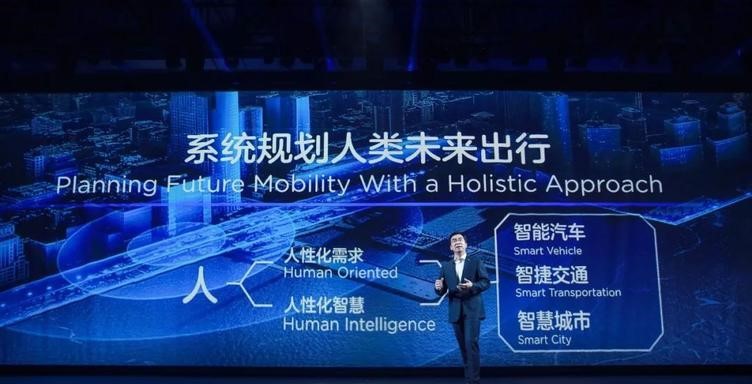On the evening of October 22nd, Hawtai Motor held a strategic press conference in Shanghai. Although the conference wasn’t very long, it contained a great deal of information.
So who is Hawtai Motor? Founded on December 12th, 2017, Hawtai Motor Technology Co., Ltd. officially appointed Ding Lei as the Chairman of Hawtai Motor. At yesterday’s press conference, he held the title of Founder, Chairman, and CEO. Yes, this is a newly established car company.
It should be pointed out that before the conference, I was looking forward to it. Ding Lei’s professional background before founding Hawtai Motor included two key words: Vice President of SAIC Motor and Deputy District Governor of Shanghai Pudong New Area. These two positions can clearly demonstrate something. First of all, this means that Ding Lei has sufficient understanding of traditional automotive manufacturing and supply-chain management. Even if he doesn’t fully understand them, he at least has an extensive network of contacts, which provides the conditions for establishing a new car company. Secondly, his political experience strengthens Hawtai Motor’s ability in government-enterprise relations, which is also crucial for a new car company.
Before the conference, Hawtai Motor, which was founded less than a year ago, had been rapidly recruiting talent. In a short period of time, the COO Chen Weixu, CTO Mark Stanton, CDO Shi IMe, Engineering VP Chen Jun, Powertrain VP Song Jing, Intelligent Driving and Electrical System VP Li Qian, and Information System and Internet Application VP Gong Junlu all came on board.
So my impression of Hawtai Motor has been: “This is a newly established car company that is developing rapidly.” I didn’t expect that the positive image of Hawtai Motor in my mind would gradually fade away during the first half of the press conference, replaced by more and more confusion and question marks.
First of all, Ding Lei introduced Hawtai Motor’s “Three-Smart” business strategy on stage: Intelligent Automotive, Smart Transportation, and Smart City. Specifically, Hawtai Motor’s business covers the development and manufacturing of intelligent cars; the sharing of vehicles, charging networks, and energy; the car-to-car network and advanced, open autonomous driving technology; support for the extension of smart transportation; and participation in the development and construction of smart cities.
For a new car company, the layout of the automotive, charging networks, car-to-car networks, and autonomous driving all have their own reasonable logic, but smart transportation and smart city involve the coordination of vehicles and roads, as well as the smartification of entire cities. For a startup company that has been established for less than a year, this vision may be too grand.
Of course, considering that Hawtai Motor was only founded at the end of last year, this proclamation can be seen as a passive response to the progress of actual business, as well as an attempt to suppress other new car companies that are gaining momentum, on a higher level of publicity. So let’s continue to look below.COO Chen Weixu, CDO Shi IMe, and VP Li Qian took turns to give speeches, which left me even more puzzled.
To sum up the key points briefly due to limited space:
- The intelligent car architecture HOA (Human Oriented Architecture) allows for fast access to information, data, and services from the road and city through an open information and electronic architecture. The information from the road and city can support the operation of future intelligent vehicles.
- The design concept HOD (Human Oriented Design) is a creative design concept that is “for people, by people, and enjoyed by people.”
- The whole-vehicle development technology HOV (Human Oriented Vehicle) breaks through the traditional “automotive engineering” one-dimensional approach of traditional car companies, and considers the development of the entire vehicle comprehensively from the dimensions of car, road, and city based on the needs of humanization.
- And that’s not all – under HOA, there are open vehicle electronic platform VEA (Vehicle Electronics Architecture), road monitoring platform RSA (Road Sensory Architecture), and city data platform CDA (City Data Architecture).Under HOD, there are the Air Flow Integration and Reclamation Management System (A.F.I.R.M), the Electronic Advanced Surreal Environment System (E.A.S.E.), and the RE-configurable Cockpit Electric Steering System (RE.C.E.S.S.).
…
In fact, during the press conference, the Personification On Demand System (POD-System) for urban transportation was also introduced… However, revealing one actual business progress is more substantial than defining multiple English word abbreviations.
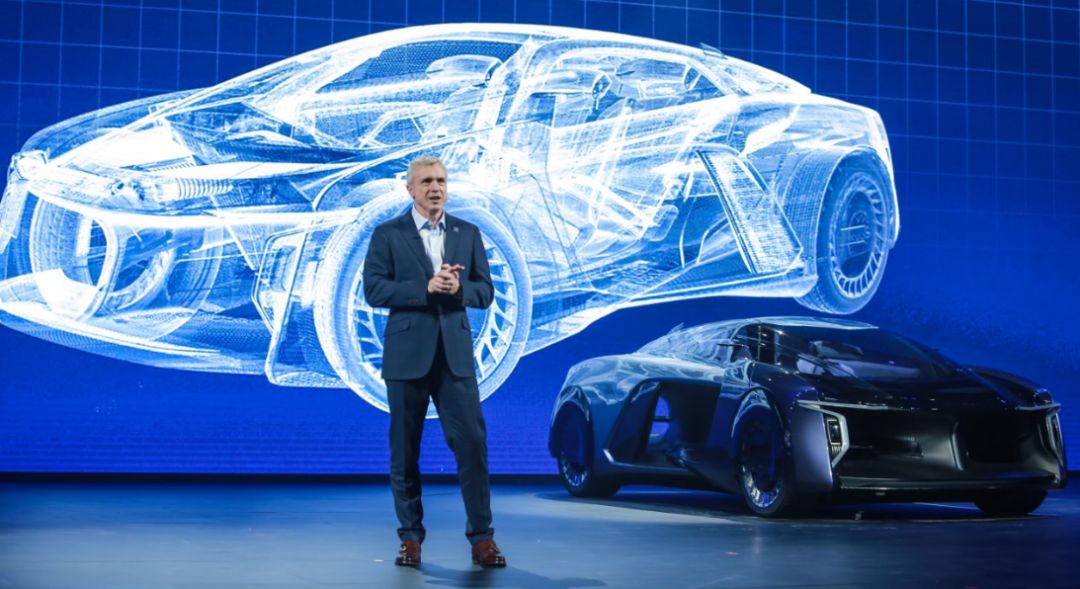
Mark Stanton, the CTO of GAC Motor, took the stage. Besides the CEO, I like CTO the most among all executives in any company. This is because most of the time, people from a technical background rarely engage in ostentatious marketing and instead provide more practical business insights.
Prior to joining GAC Motor, Mark served as the Chief Engineer for various bestselling models at Ford, and later joined Jaguar Land Rover as the Head of Vehicle Engineering, where he was deeply involved in the product development and vehicle architecture of the first pure electric vehicle of Jaguar. From his speech, we finally heard some ideas from GAC Motor regarding intelligent cars.
As mentioned earlier, GAC Motor’s whole vehicle development technology is called HOV. Based on HOV, the technologies being researched and developed by GAC Motor include open electrical and electronic architecture, full-sensor HMI experience, platform modularization and whole vehicle active and passive safety system.
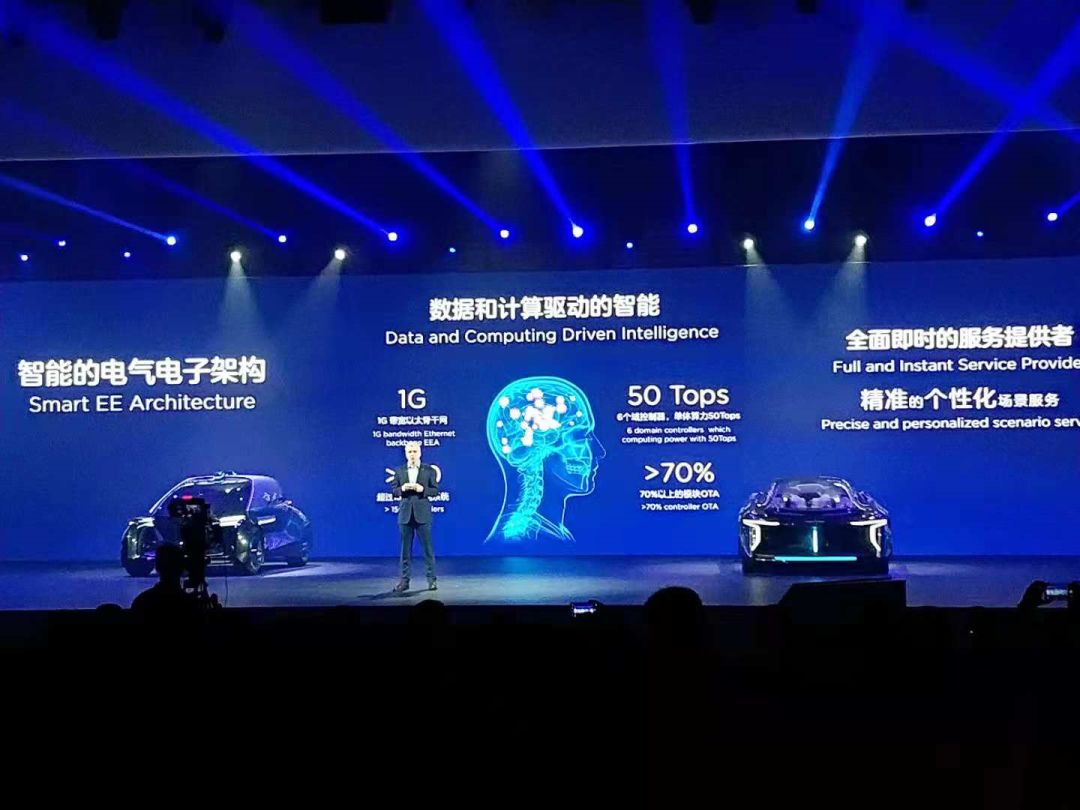
First, the open electrical and electronic architecture. According to Mark’s introduction, the backbone network of the new architecture supports 1GB of data transfer per second through Ethernet and is used to support six domain controllers. The new architecture also provides edge computing capability that can process over 50T operations per second, supports the real-time data processing and fusion capability of over 300 sensors and 70 different types of data transmission.In addition, 70% of the modules in the new architecture support OTA function, enabling the software-iterative updates, and importing new functions, systems and interfaces.
The all-sensory HMI interface works by utilizing a touch screen with vibration feedback, high-definition streaming camera, and sensors to sense the user’s visual, auditory, tactile, and olfactory experiences, and to monitor their moods and health status in real-time. The idea here is to provide more meticulous and real-time perception to the users for offering more timely and reliable services. Of course, has Huaren Yuntong explained how user privacy and security are ensured when more thorough real-time perception of the vehicle is conducted?
From the architecture itself, Huaren Yuntong will use high-strength steel, aluminum and even carbon fiber materials and structural foam materials at the main structural parts to strengthen the rigidity. It is reported that Huaren Yuntong uses a more flexible whole-vehicle architecture and modular development approach. On the same architecture, a series of family products can be developed, and the wheelbase, track, and vehicle height can be changed according to the requirements.
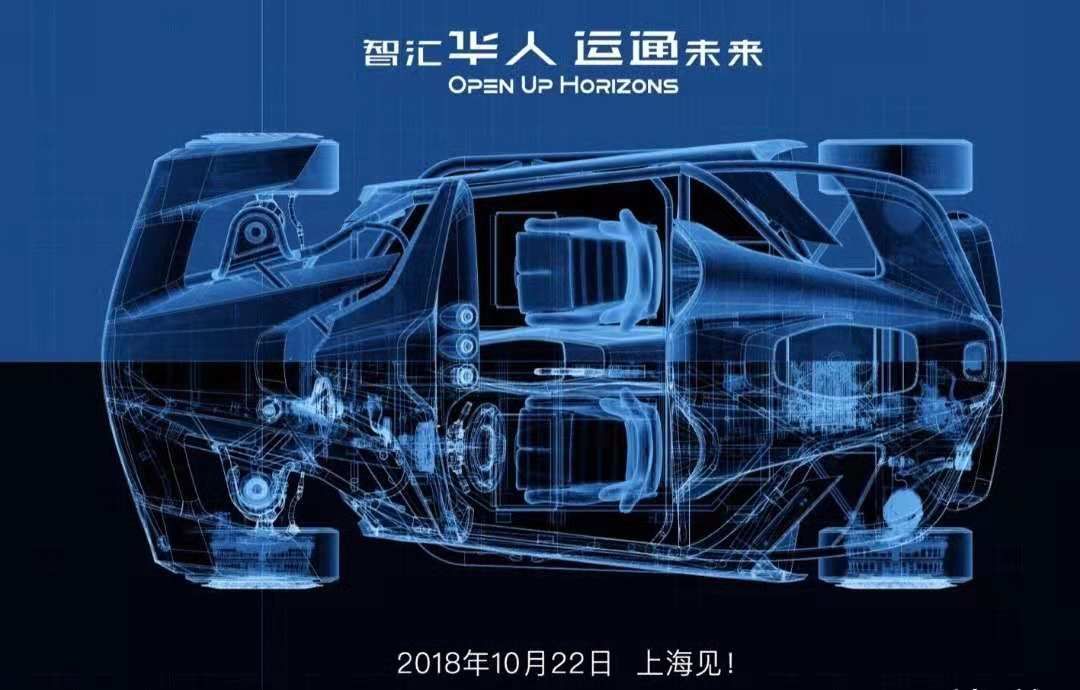
At the press conference, Huaren Yuntong unveiled the mystery on the poster: the thing that was ridiculed as a go-kart is actually the RE05, a four-wheel steering hub motor engineering vehicle developed by Huaren Yuntong. With the application of the hub motor driving system, the RE05 can achieve independent four-wheel motor control and braking. According to different road conditions, all four independent wheels can change direction and can rotate back and forth in real-time.
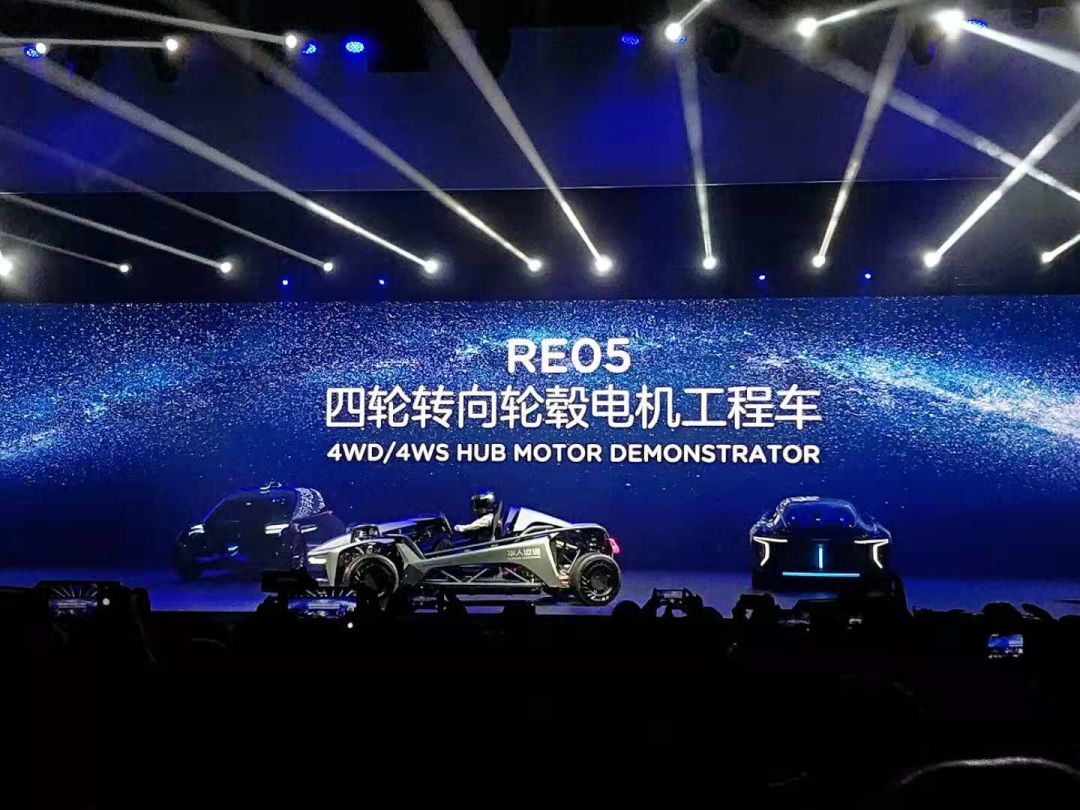
It is recommended to watch the engineering vehicle video to experience the new fun brought by four-wheel steering.
The rear-wheel steering technology was first commercialized by the French traditional carmaker Peugeot Citroen, and is a tool to achieve precise control and avoid insufficient/ excessive turning. The active rear-wheel steering technology is also equipped in BMW 7 Series and Porsche 911. BMW and Porsche are also typical high-end car brands that emphasize control and sports. This inevitably makes people have more expectations for the driving mode tuning of Huaren Yuntong.
It should be emphasized that Huaren Yuntong explicitly mentioned that RE05 is a product based on mass production-oriented development, and in the above-mentioned vehicle development technology HOA, the R&D team also designed a multi-link rear suspension system with rear-wheel steering. In my opinion, this is the technology that is really interesting and worth discussing.
To this point, the launch event has come to an end. You may ask, “When will the production car be available? When will the four-wheel independent steering be available?” For a car company that has been in operation for less than a year, this is a bit too demanding. For the traditional automotive industry, the development cycle of a car is 48-52 months, so we have to wait a long time for Human Horizon’s products.
As for Human Horizon itself, what I want to say is that the strategy is already macro enough, and now we need to focus on tackling technological challenges and achieving the strategic goals.



This article is a translation by ChatGPT of a Chinese report from 42HOW. If you have any questions about it, please email bd@42how.com.
